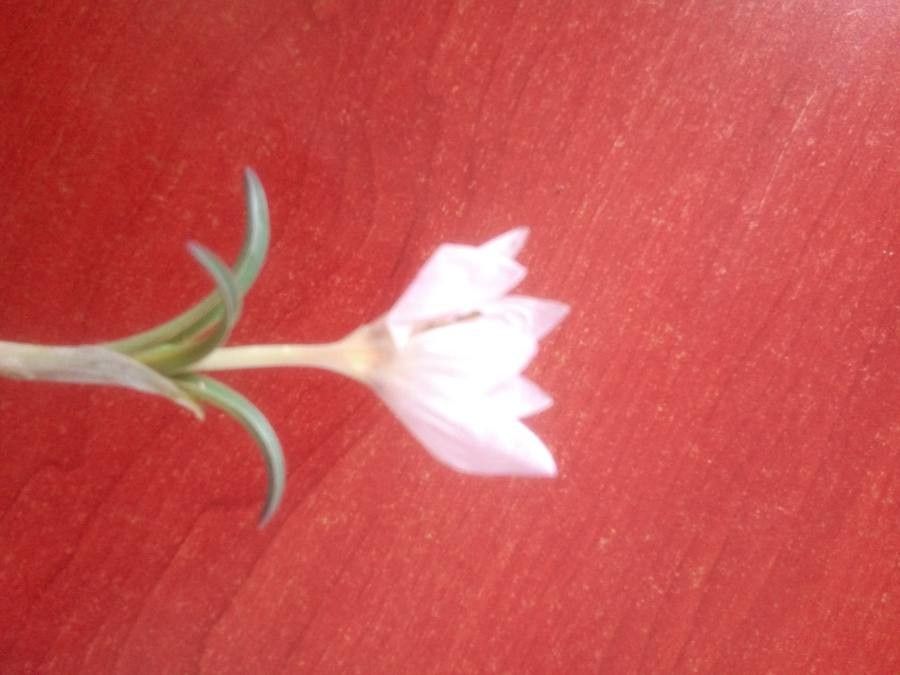Propagating the Golden Crocus: Challenges and Rewards of Cultivating Crocus danfordiae
Introduction
Crocus danfordiae, commonly known as the Golden Crocus, is a captivating early-spring bloomer prized for its vibrant, golden-yellow flowers. These cheerful blooms, appearing before most other crocuses, offer a welcome splash of colour in the still-dormant garden. Its relatively small size and charmingly delicate nature contribute to its popularity amongst gardeners, although its propagation presents some unique challenges. While readily available commercially as corms, propagating Crocus danfordiae independently offers a rewarding experience for the dedicated gardener.
Seed Germination
While Crocus danfordiae does produce seeds, currently, there are no known reliable methods for seed germination propagation of this species. The low germination rate and the lengthy time required for seedlings to reach flowering maturity present significant hurdles. Further research into specific stratification techniques and germination media may reveal viable approaches in the future, but currently, this is not a practical method for most home gardeners. Successful seed germination could theoretically offer high genetic diversity, but the difficulty outweighs the benefit for now.
Cuttings
Cuttings are not a viable method for propagating Crocus danfordiae. Crocuses, like other corms, do not readily propagate from stem or leaf cuttings.
Division
Division is the most commonly employed and reliable method for propagating Crocus danfordiae. After the foliage dies back in late spring or early summer, carefully lift the corms. Inspect the corm cluster for offsets (daughter corms) that have developed around the mother corm. These offsets can be gently separated, ensuring each has a portion of roots and healthy tissue. Plant the separated corms immediately in well-prepared soil, spacing them appropriately.
Challenges: The main challenge lies in identifying and separating offsets without damaging the corms. Care must be taken to avoid injury, as even minor damage can hinder growth or lead to rotting. The yield from division is relatively limited compared to other propagation methods, leading to slower population expansion.
Rewards: Although relatively low-yield, division is simple and generally very successful, offering quick results as the new corms will often bloom the following spring. It ensures the preservation of existing desirable traits unlike when reliant on seed production.
Tissue Culture
Tissue culture offers a potentially high-yield method for Crocus danfordiae propagation, allowing for the mass production of genetically identical plants from a single corm. However, this method requires specialized equipment, sterile conditions, and expertise.
Challenges: Tissue culture requires significant investment in equipment, materials, and expertise. The process is technically demanding and requires aseptic techniques to prevent contamination. It may also be costly compared to division.
Rewards: Tissue culture offers the possibility of large-scale propagation and the preservation of desirable cultivars. This allows for the rapid production of numerous plants for commercial use or the preservation of rare varieties.
Conclusion
Propagating Crocus danfordiae presents a range of challenges, with division being the most practical and reliable method for home gardeners. While seed germination and tissue culture offer theoretical benefits, they are currently impractical due to low success rates and technical demands respectively. The satisfaction of successfully propagating this delicate crocus, whether through careful division or more ambitious tissue culture, is immense. The rewards of seeing these cheerful golden blooms emerge from your own propagation efforts are a testament to the patience and dedication involved, making it a worthwhile endeavor for any plant enthusiast. Begin with the simple method of division and appreciate the success before attempting more complex techniques. The journey of cultivating these beautiful plants is as rewarding as the stunning display they eventually provide.

